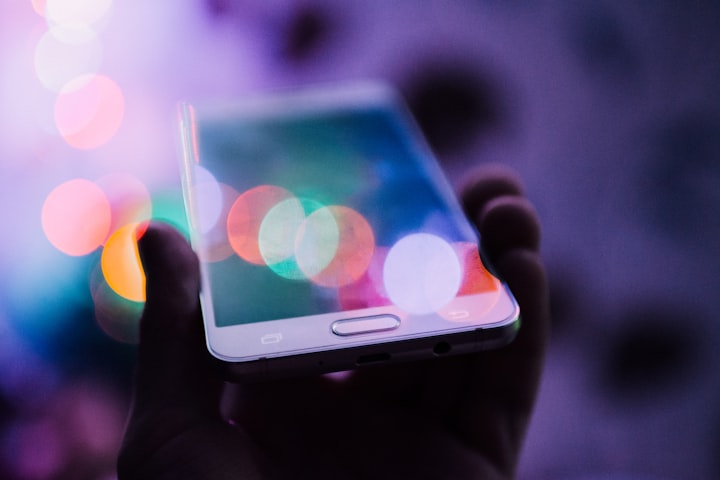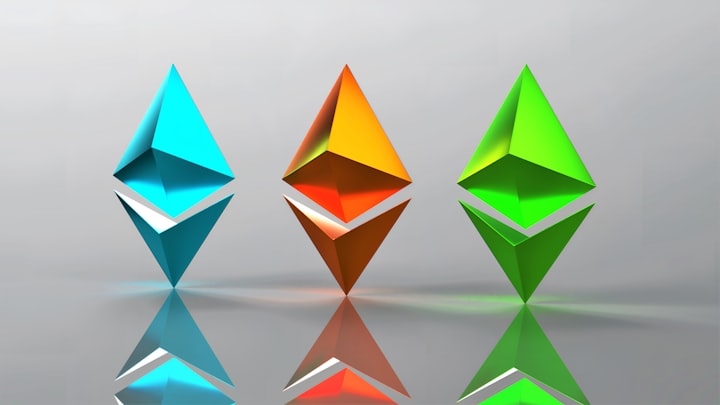Exploring the Intersection of Crypto Art and Virtual Reality
Unveiling a Paradigm Shift in the Digital Art World

Introduction:
In the digital age, the boundaries of art and technology continue to converge, giving rise to innovative and groundbreaking forms of artistic expression. Two of the most intriguing developments in this realm are crypto art and virtual reality (VR). The fusion of these two realms has captivated the art world, pushing the boundaries of creativity and opening new avenues for artists and enthusiasts alike. This article delves into the fascinating intersection of crypto art and virtual reality, highlighting the transformative power and immense potential that this synergy holds.
The Rise of Crypto Art:
Crypto art, also known as blockchain art or NFT art (non-fungible token art), has taken the art world by storm in recent years. This revolutionary medium allows artists to create, sell, and trade unique digital assets on the blockchain, providing authenticity, provenance, and ownership rights. With each piece of crypto art tokenized as an NFT, artists can retain the value of their creations while buyers can secure digital ownership in a verifiable and decentralized manner.
The Virtual Reality Renaissance:
At the same time, virtual reality has been experiencing a renaissance, driven by technological advancements and a growing appetite for immersive experiences. VR enables users to step into virtual worlds, interacting with three-dimensional environments and objects as if they were physically present. From gaming and entertainment to education and therapy, VR has permeated various industries, revolutionizing the way we perceive and engage with digital content.
The Confluence of Crypto Art and Virtual Reality:
When crypto art and virtual reality intersect, a realm of endless possibilities opens up. By integrating blockchain technology with VR platforms, artists can breathe life into their creations, transforming two-dimensional artworks into immersive experiences. Imagine stepping into a virtual gallery where you can walk around, inspect the brushstrokes of a digital painting, or even interact with a sculpture by manipulating it in real-time.
This convergence also offers new monetization opportunities for artists. By tokenizing virtual art assets as NFTs, creators can sell virtual galleries, installations, or even entire virtual worlds to collectors, enthusiasts, and investors. This newfound market for virtual art allows artists to showcase their talents in innovative ways, attracting a global audience of art aficionados eager to explore these virtual realms.
The Emotional Impact:
The integration of crypto art and VR goes beyond the visual appeal. It introduces a whole new dimension to the emotional impact of art. With VR, viewers can experience art in a profoundly personal way, engaging multiple senses and evoking immersive emotional responses. The ability to step inside a painting or explore a sculpture from various angles enhances the viewer's connection with the artwork, forging a deeper and more intimate relationship between the artist and the audience.
The Challenges and Limitations:
While the fusion of crypto art and virtual reality holds immense promise, it also faces certain challenges. One such challenge is accessibility. While VR technology has become more affordable and widespread in recent years, it still requires specific hardware and can be inaccessible to some individuals. Similarly, the steep learning curve associated with blockchain technology and NFTs may deter some artists from fully embracing the crypto art movement. Overcoming these hurdles will be crucial for the widespread adoption and appreciation of this innovative art form.
The Future of Crypto Art in Virtual Reality:
As technology advances and becomes more accessible, the future of crypto art in virtual reality appears bright. We can expect to see increasingly sophisticated VR platforms tailored specifically for art experiences, enabling artists to unleash their creativity in new and awe-inspiring ways. Virtual galleries, immersive installations, and even collaborative VR art creation tools are likely to become commonplace, fostering a global community of artists and art enthusiasts.
Conclusion:
The convergence of crypto art and virtual reality represents a paradigm shift in the digital art world. It blurs the lines between physical and digital realms, offering artists unprecedented opportunities for creative expression and viewers immersive and emotional engagements with art. As this dynamic synergy continues to evolve, the future promises a new era of art experiences that captivate and inspire audiences worldwide. So, step into the virtual gallery, explore the immersive installations, and embark on a journey where art and technology merge to create something truly extraordinary.
About the Creator
Curtis Otiende
Unlock knowledge and inspiration in a world of captivating articles. Delve into science, history, arts, and more. Join a community of curious minds. Let's explore together!





Comments
There are no comments for this story
Be the first to respond and start the conversation.